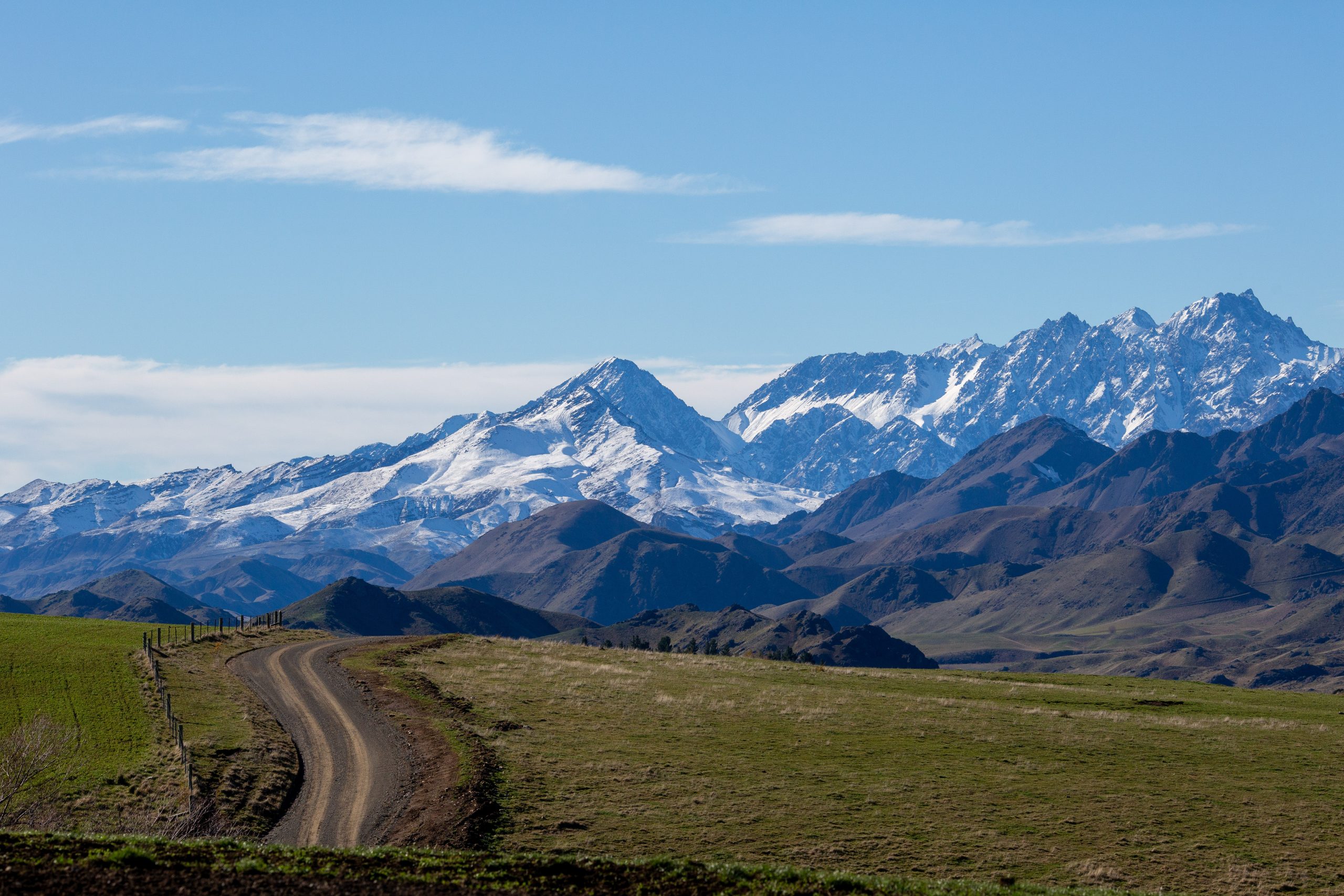Cheaper by the thousands
Life-long tree grower Peter Arthur offers advice on tree selection, costs and care.

Life-long tree grower Peter Arthur offers advice on tree selection, costs and care.
If you are planning to plant trees next autumn or winter, now is the time to decide what species you want, and where you are going to plant them. Then put your order in.
I get mine from Appletons Nursery, near Nelson who supply plants bare-rooted from June till August but many lines are quickly sold out so it pays to order early.
You have to order a minimum of 10 for any given tree but the price per tree is very cheap. For example, Scarlet oaks (Quercus coccinea) 1.2-1.5 metres high are $13.40 each. If you buy 50 the price is $7.90 each plus gst and freight. If you get a thousand the price is cheaper still. The same tree, a bit bigger (1.6m) and in a pot will cost about $60 at a garden centre.
Appletons grow a huge range of trees, both natives and exotics, and sell many as growing-on lines, small plants from 15-25cm high, and upwards at even cheaper prices—the Scarlet oak being $2 each. These small plants need growing-on in a nursery bed for a year or more before planting out.
In the autumn Appletons spend several weeks roaming New Zealand to collect seed from particular trees and in some years there is a good amount of seed, in others none at all for certain species.
This means some years they will have a certain species for sale, other years they won’t. This mostly applies to the more uncommon trees like Davidia involucrata (the Handkerchief tree) and Sequoiadendron giganteum (the giant redwood or Wellingtonia).
As well as trees they supply smaller-growing native plants for riparian planting, plus of course all the major forestry species.
Prior to planting, spray the spots with Roundup and you can add Terbuthylazine for longer-term weed control. It’s best to do this at least six weeks prior to planting.
If the area is already fenced off and there is lots of really long grass I take old salt lick containers and the like and pre-dig the holes, putting the soil into the containers. This way it doesn’t get lost in the long grass, and in the recent dry years we have been having in Hawke’s Bay any rain we do get is not only going into the hole, but also into the soil in the container, a double dose of moisture. If the ground is really dry I add about 20 litres of water when I plant.

Dag wool for weeds
Once the tree is planted it will need to be kept weeded for the first few years. I have tried all sorts of plastic weed matting and old carpet but this year have used dag wool which is easy to apply and which to my surprise, doesn’t blow away in the wind. It is also meant to act as a bit of a hare and rabbit deterrent, but I can’t vouch for this.
Newly planted trees in very short grass seem to attract hares and rabbits. Long grass seems to deter them so long as you take long strides and try to avoid flattening it so you haven’t made a convenient track from tree to tree.
Over the past 50 years I have used all sorts of tree barricades, starting off with 44 gallon drums. These worked well with the short legged, fat, wool blind Romneys of the time. Today’s open-faced, long legged athletes quite happily put their front feet on top of the drum and eat the top out of the tree. Of course I couldn’t run cattle around those trees for a year or two.
I then used taller weldmesh type netting but am now on to X fence security netting 1.8m high which I cut into about 2m long lengths. This, anchored with two waratah standards, costs about $100 a tree. It has worked well provided there is something else in the paddock for cattle to rub on. If there are no other trees, power poles or old bits of machinery for the stock to rub on, they will use the barricade as a back scratcher with unfortunate results.
Spanish guards
I am now trying, for the first time, Cactus barricades imported from Spain by Tree Guards NZ. These come in packs of 10 and measure 1.7m high by 1m long and cost $49 plus gst per barricade. Every second horizontal wire has been cut and sticks out like a very sharp barb. It makes for a narrower barricade than I would like but I am using them to replace X fence barricades on which the cattle have been rubbing. So with two waratah standards this will work out at about $70 per tree. This may sound a lot but once the tree is established the barricade and standards can be removed and used again. Some of my older barricades are on their fourth tree.
I have found that most trees protected by a 44 gallon drum grew faster than those protected by netting, Norfolk Island pines and palms being the exception. Some advise raising the drum off the ground for better air circulation but I’ve never done this. The temperature inside can be horrific which I think helps with weed control. They certainly don’t thrive in a drum. I still use them in one or two sheep-only paddocks, but top them with old netting.




